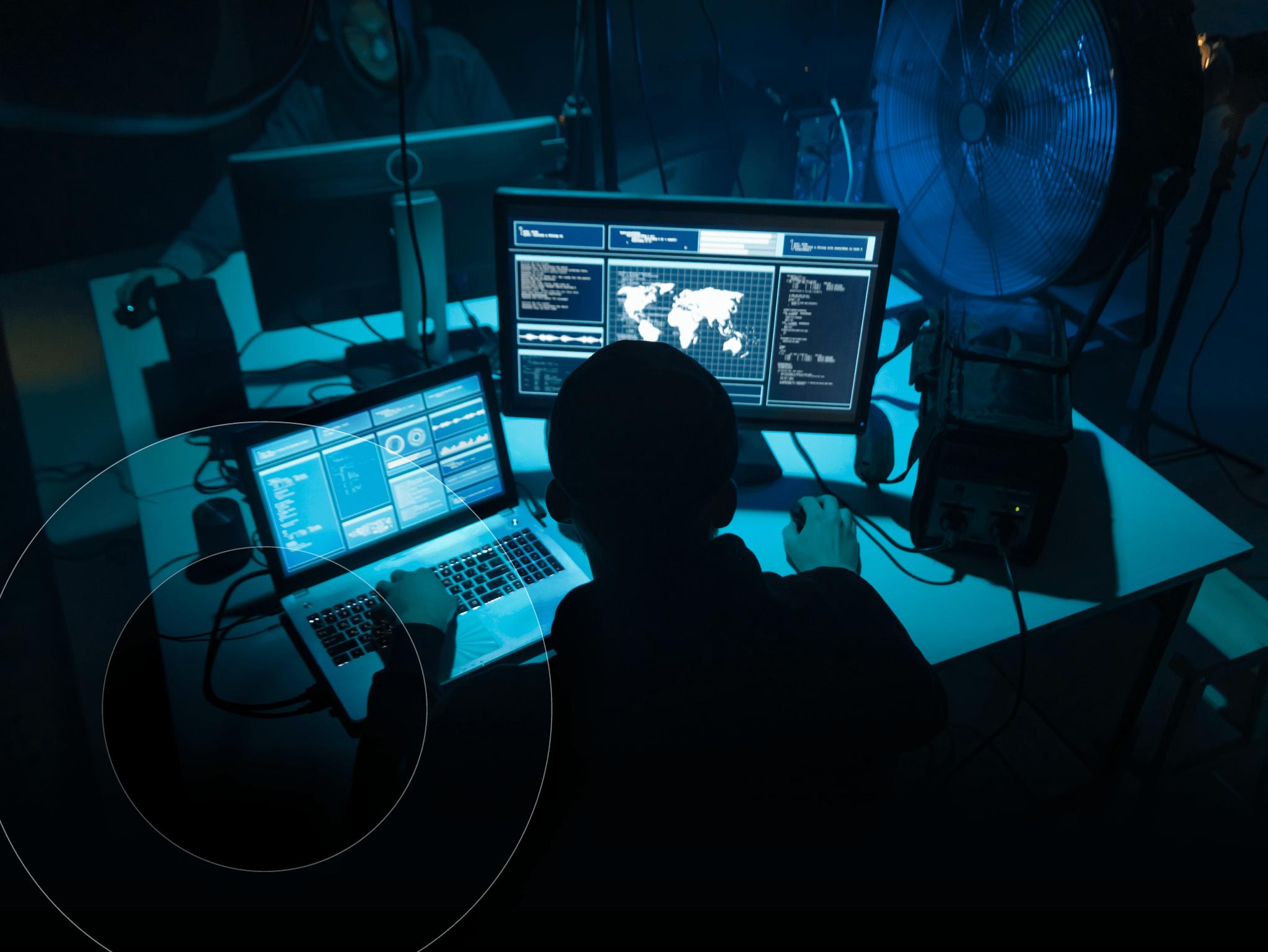The importance of modernizing old technology — and how to do it:
Revamping public industry infrastructure should be the first step towards IT sustainability

Public sector organizations are facing a technological crisis — and, unfortunately, it’s an issue they know all too well.
Many municipalities, K-12 schools, and state and local governments are running on old, outdated technology that lacks proper original equipment manufacturer (OEM) support, security protections, and the ability to handle the growing complexity of new systems. Not only does this put them at risk of falling behind in innovation and customer experience, but it makes it increasingly hard to manage large amounts of data and address cyber threats.
Sadly, the troubles don’t end there.
This dilemma is compounded by short technology cycles that require investments in equipment before it can be effectively used — leaving a small window of serviceable life for each product — as well as limited budgets and competing priorities.
With the rise — and adoption — of technologies such as artificial intelligence (AI), cloud computing, and edge solutions, there are more opportunities than ever for public sector organizations to improve their efficiency and effectiveness. However, without the proper compute capabilities in place, they will struggle to take full advantage of these technologies.
But there is hope. With current state reserves and untapped stimulus funding, these organizations have a unique opportunity to make the necessary investments in their compute capabilities that will transform their IT infrastructure now and in the future.
For this to happen, public sector decision-makers must first understand why evolving their compute capabilities is necessary and how doing so can lead to improved outcomes and better customer experiences.
The dangers of using outdated technology
Running on server and compute hardware that is seven to 10 years old is asking for trouble.
Security is the biggest risk. Outdated technology is typically missing many modern encryption and security protections that are standard on newer systems, leaving you more vulnerable to cyberattacks and data breaches. This can compromise sensitive information such as personal records, financial data, and confidential government documents.
Older IT can also cause system failures and compliance issues — both of which can harm your organization and put your constituents at risk.
Additionally, older systems make it nearly impossible for you to keep up with modern advancements, as they lack the capacity for next-generation capabilities like AI, chatbots, and internet of things (IoT) sensors that enable world-class physical security response.
Furthermore, legacy systems are often less efficient than newer technologies. This can result in slower performance and higher energy costs — a nightmare scenario when you consider that maintaining old hardware requires significant staff expertise that many public sector organizations no longer possess.
The benefits of evolving compute capabilities
While investing in upgrading your compute capabilities may seem daunting, the benefits far outweigh the costs:
- Greater efficiency and effectiveness. Upgrading to newer systems and technologies lets you streamline operations, reduce manual processes, and automate time-consuming tasks like data entry and document processing.
- Enhanced customer experience. With more efficient systems in place, you can deliver faster response times and more personalized services to constituents.
- Stronger security. Newer technology comes with improved security features like encryption, multi-factor authentication (MFA), and real-time threat detection to protect sensitive data from cyber threats.
- Long-term savings. Evolving compute capabilities can reduce maintenance costs associated with older systems and minimize downtime due to system failures.
How to build IT sustainability
Instead of treating hardware as a one-time investment that can last for years, focus on building your budget toward IT sustainability. Start by identifying the necessary compute investments that will transform your IT capabilities in the future.
Conduct a thorough assessment of your current infrastructure, including hardware components, like servers, as well as software licensing agreements. Then, determine where your current infrastructure is limiting your ability to take advantage of newer technologies.
Next, be strategic with your budget and requests. Use allowable stimulus dollars and Infrastructure Investment and Jobs Act (IIAJA) monies for front-end costs, but also build maintenance and other smaller continued expenses into annual budgets.
Remember: Don’t cut corners when it comes to computing capabilities. While buying the best processes may come with a higher upfront cost, it can pay off through energy and efficiency savings down the road.
A trusted partner for your compute transformation
Upgrading computing infrastructure can’t be accomplished overnight. It requires having the right team in place to execute changes effectively and efficiently.
That’s where SHI can help.
Our vendor-neutral approach lets us help define your requirements and identify the best OEMs and vehicles for procurement.
We begin by assessing your current vulnerabilities and developing a strategic plan for upgrading. With our lifecycle management and managed services offerings, we’ll work with you to identify where you’re not properly utilizing licenses or over-subscribing on specific app workloads.
We offer modern workplace solutions and staff augmentation services to ensure you have the right team in place to transform your infrastructure. We can help set up your new compute technology as well, ensuring a seamless transition, and then provide ongoing support, including proactive system monitoring, to detect potential issues before they become major problems.
Additionally, our specialized teams of cloud computing and storage solutions engineers will ensure you’re up to speed on any shifts in the technology landscape. These experts will provide regular updates on industry trends and recommendations for optimizing your IT environment based on your unique needs.
Don’t let outdated hardware hold you back
Public sector organizations cannot afford to fall behind when it comes to evolving their compute capabilities.
Outdated technology not only hinders innovation and customer experience, but it can increase your risk of security breaches, compliance issues, and excessive maintenance costs.
By taking steps toward improving your compute capabilities, you can streamline operations, enhance efficiency, better serve customers, and improve outcomes across everything from cybersecurity to data management.
No time like the present to get started.
Let SHI help you design, deploy, and manage your modern IT infrastructure. Contact us today.




